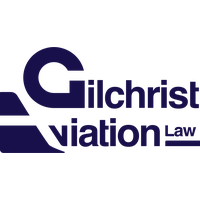
Read the latest from NAFA Member Clay Ferguson, Associate Attorney at Gilchrist Aviation Law.
Over the past several years, the Federal Aviation Administration (FAA) has undertaken a significant transformation of the Civil Aviation Registry. These changes stem from the FAA Reauthorization Act of 2018, which directed the agency to modernize registry practices, digitize aircraft records, and expand secure electronic and remote access to registration services. In response, the FAA began developing the Civil Aviation Registry Electronic Services, better known as CARES, which is now rolling out in phases. The initiative aims to replace the existing Registry infrastructure with a web-based platform intended to serve as the central legal repository of U.S. civil aircraft registration and recordation data.
The goals of CARES are ambitious and forward-looking. The system is designed to reduce reliance on paper documentation, streamline submissions, and provide the aviation community with real-time access to aircraft records. Users can create secure accounts, upload documents electronically, and pay fees through an online portal. If fully realized, CARES has the potential to improve efficiency not only for the FAA, but also for aircraft owners, lenders, title companies, and aviation counsel who work with the Registry daily.
Although CARES promises meaningful improvements, the transition has introduced significant challenges. The development of CARES has coincided with the removal or alteration of long-standing procedures that users have depended on for decades. Access to critical information has been reduced, and legal support functions historically provided by the FAA have been discontinued. These policies and procedural changes have introduced uncertainty in areas where the aviation marketplace has long relied on stability and precision. As a result, the Registry currently operates in a state that is neither fully modernized nor fully functional.
This article was originally published by Gilchrist Aviation Law on November 4, 2025.
